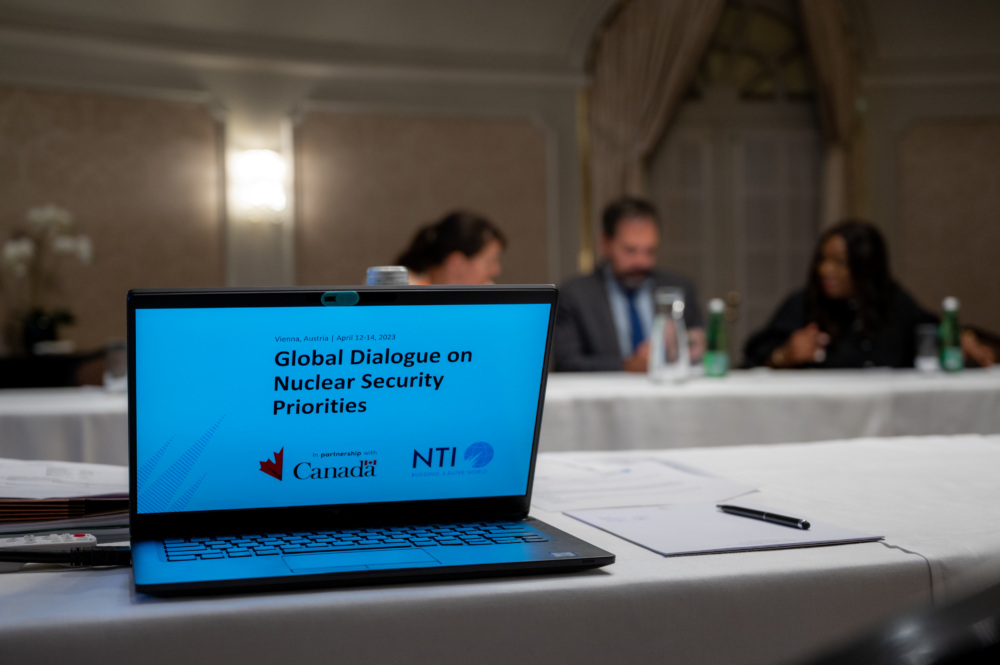
Fostering Nuclear Security Leadership and Innovation
Lessons Learned from 10 Years of the Global Dialogue on Nuclear Security Priorities
As the Nuclear Security Summit process draws to a close, with the 2016 Summit likely to be the final Summit, states must consider what happens next in a post-Summit world. In the absence of a biennial Nuclear Security Summit, as currently structured, states must ask themselves the following questions: How will states sustain high-level attention on nuclear security as a priority issue that remains at the top of the agenda for heads of government? How will momentum be sustained to ensure implementation of the commitments made at the Summits? Who will track progress and hold states accountable for meeting those commitments and, more importantly, their security responsibilities more broadly? How will states build confidence in the effectiveness of their nuclear security? What body or process will drive efforts to further strengthen the global nuclear security system and to close existing gaps in the system that have not so far been adequately addressed by the Summit process, such as building international confidence in the security of military materials or addressing the need to minimize, manage, and eliminate plutonium?
To answer these questions and ensure sustainability of the nuclear security mission beyond 2016, the international community and, in particular, states participating in the Nuclear Security Summits must think strategically about what needs to be sustained for an effective nuclear security regime once the Summits end, both in terms of process needs and substantive needs; consider which existing bodies or processes meet those needs; and identify gaps where new bodies or processes might need to be created or existing bodies and processes strengthened. For every process or substantive need identified, one of the following three types of architecture must be in place: legal (i.e., binding instruments); institutional (i.e., responsible organizations or “homes”); or implementation (i.e., procedures or mechanisms to implement commitments, provide accountability, and build confidence).
Without a careful analysis of both needs and gaps—what we are trying to sustain and where we will fall short of doing so without implementing change—it is impossible to propose solutions to ensure sustainability. Strenuous efforts by states participating in the Summits will be needed to build the international political support and consensus among non-Summit states to do what is necessary to successfully implement any proposals.
Sign up for our newsletter to get the latest on nuclear and biological threats.
Lessons Learned from 10 Years of the Global Dialogue on Nuclear Security Priorities
The Nuclear Threat Initiative has convened government officials, experts, representatives from international organizations, and industry leaders since 2012 to define what a truly comprehensive and effective global nuclear security system would look like and has developed related recommendations. This paper is the culmination of this work and lays out a vision for strengthening the global nuclear security system and the steps needed to achieve it, including after the summit process ends.
This primer provides an overview of the key agreements, guidelines, multilateral engagement mechanisms, and implementation services that make up today’s nuclear security system.